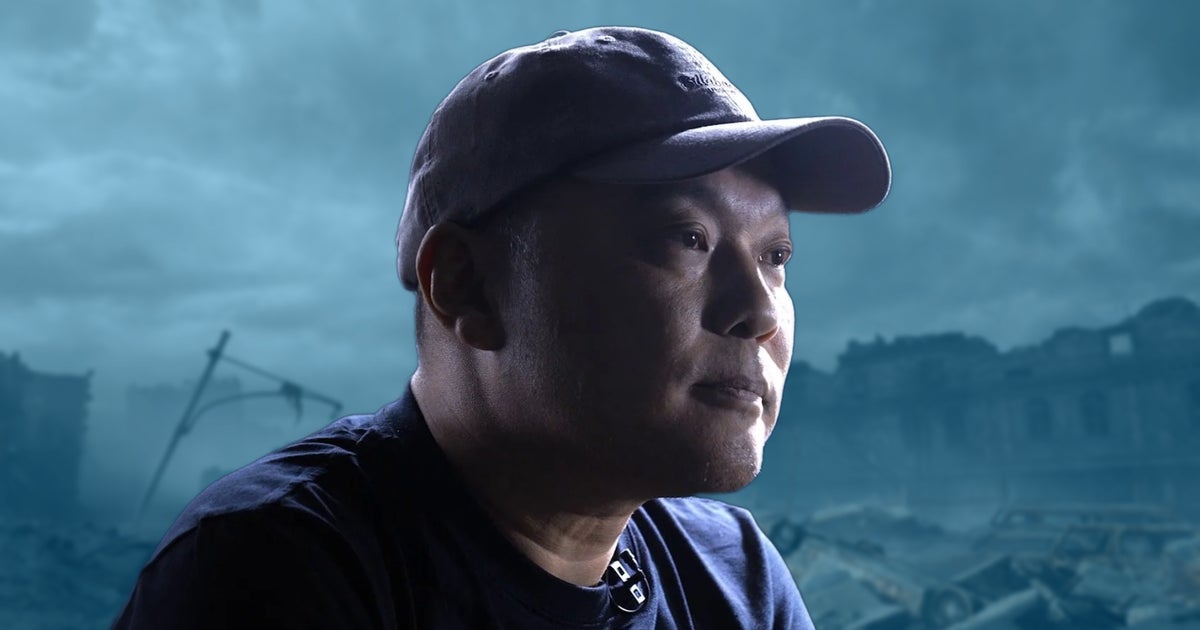Get the latest tech news
Requiem for an Exit
Between 1994 and 2004, Frode Oldereid and Thomas Kvam created a series of robotic installations exploring the intersections between technology, ideology, and collective memory. These robots evoked the aesthetics of political mass movements, echoing the fractured language of 20th-century totalitarianisms and its countercultures.
Towering almost four meters high, Requiem for an Exit confronts visitors with a solitary head mounted on a steel exoskeleton, its skin a living projection, its voice an AI-generated baritone that delivers a stark meditation on chaos, suffering, and the limits of human agency. The face is at once ancient and androgynous, its grief-stricken expressions contradicting the cold certainty of the words; hydraulic sighs and digital glitches expose the labor of the machine even as the projection renders it flesh-like; the narrator’s sweeping verdicts about history and free will rebound onto the very algorithms animating its speech. The face is at once ancient and androgynous, its grief-stricken expressions contradicting the cold certainty of the words; hydraulic sighs and digital glitches expose the labor of the machine even as the projection renders it flesh-like; the narrator’s sweeping verdicts about history and free will rebound onto the very algorithms animating its speech.
Or read this on Hacker News

